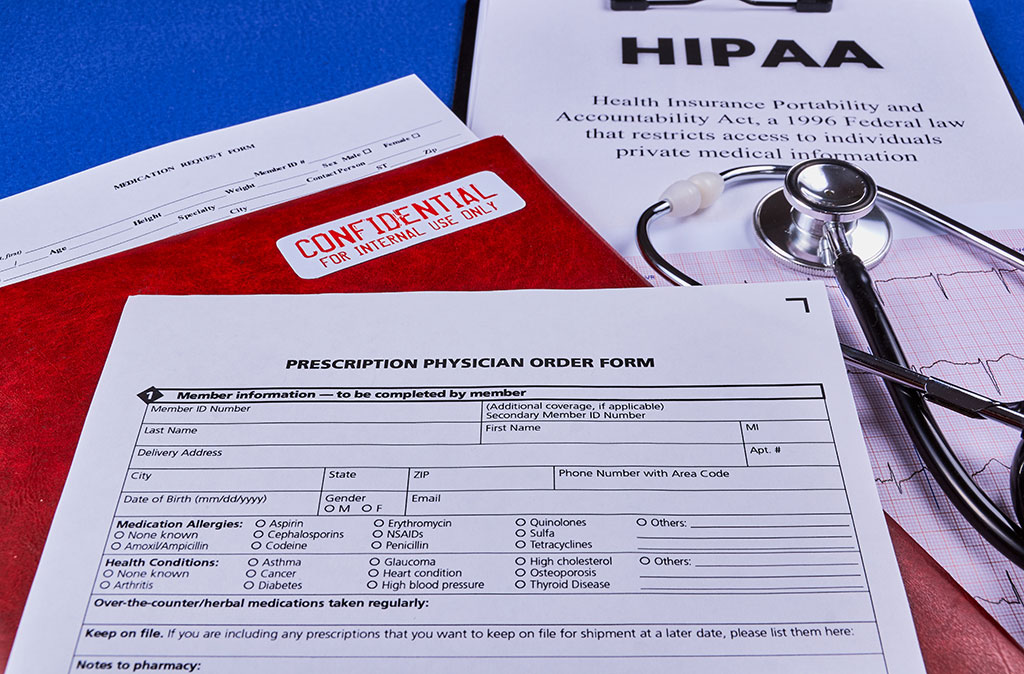On July 20, 2022, the Department of Justice (“DOJ”) published a press release discussing a concerted effort to combat specific areas of healthcare fraud, telemedicine, clinical laboratory, and durable medical equipment. The announcement was coupled with criminal charges brought against 36 defendants in 13 federal districts totaling over $1.2 billion in criminal proceeds (over $1 billion of which stem from unlawful telemedicine practices). The Centers for Medicare & Medicaid Services (CMS), Center for Program Integrity’s also brought administrative actions against 52 providers participating in similar allegedly fraudulent schemes, resulting in a departmental seizure of over $8 million in fraud proceeds. The criminal ventures under investigation predominantly include “illegal kickbacks and bribes by laboratory owners and operators in exchange for [patient] referrals,” thereby violating the Anti-Kickback Statute (“AKS”).
In one such case, charges were brought against the manager of “several clinical laboratories” concerning his involvement in a scheme to issue over $16 million in kickback proceeds to marketers who would resultantly pay further kickbacks to “telemedicine companies and call centers in exchange for doctors’ orders.” This scheme revolved around cardiovascular and cancer genetic testing, the results of which were not used in patient treatment, and which led to $174 million in fraudulent claims being submitted to Medicare. Other cases include a domestic and international “telemarketing network” that tricked vulnerable patients (primarily those with elderly and/or disabled identities) into participating in an illegal scheme by opting into cardiovascular and genetic testing.
In response to the recent increase in fraudulent schemes involving telemedicine companies and practitioners, the Office of Inspector General (“OIG”) issued a “Special Fraud Alert” on July 20, 2022, encouraging practitioners to exercise caution when entering into arrangements with telemedicine companies. The Special Fraud Alert identifies several characteristics that are frequently present in fraudulent arrangements. The most obvious red flag highlighted by the OIG is when telemedicine companies arrange with practitioners to order or prescribe medically unnecessary items and services for patients who are solicited and recruited by the telemedicine companies. This is problematic for several reasons: (1) it can lead to an inappropriate increase in costs to federal health care programs, (2) it could harm patients or delay needed care by providing medically unnecessary services, and (3) it can lead to the corruption of medical decision-making.
The OIG’s recent Special Fraud Alert includes a list of “suspect characteristics” that may typify a potentially fraudulent arrangement between practitioners and telemedicine companies. This list is based upon the OIG and DOJ’s lengthy enforcement experience and is illustrative rather than exhaustive. These “suspect characteristics” identified by the OIG are as follows:
- The patients for whom the practitioner orders items or services were recruited by the telemedicine company or an agent of the telemedicine company for free or low out-of-pocket cost items or services.
- The practitioner does not have sufficient contact with or information from the patient to meaningfully assess the medical necessity of the items or services ordered or prescribed.
- The telemedicine company compensates the practitioner based on the volume of items or services ordered or prescribed, which may be characterized to the practitioner as compensation based on the number of purported medical records that the practitioner reviewed.
- The telemedicine company only furnishes items and services to federal health care program beneficiaries and does not accept insurance from any other payor.
- The telemedicine company claims to only furnish items and services to individuals who are not federal health care program beneficiaries but may in fact bill federal health care programs.
- The telemedicine company only furnishes one product or a single class of products, such as durable medical equipment, genetic testing, diabetic supplies, or prescription creams, potentially restricting a practitioner’s treating options.
- The telemedicine company does not expect practitioners to follow-up with patients, nor does it provide practitioners with the information to follow up with them.
It is critical for practitioners and telemedicine companies alike to be aware of and recognize these characteristics because a fraudulent arrangement may lead to potential liability under various federal laws, including the AKS, the Civil Monetary Penalties Law provision for kickbacks, criminal healthcare fraud statutes, and the False Claims Act (FCA).











